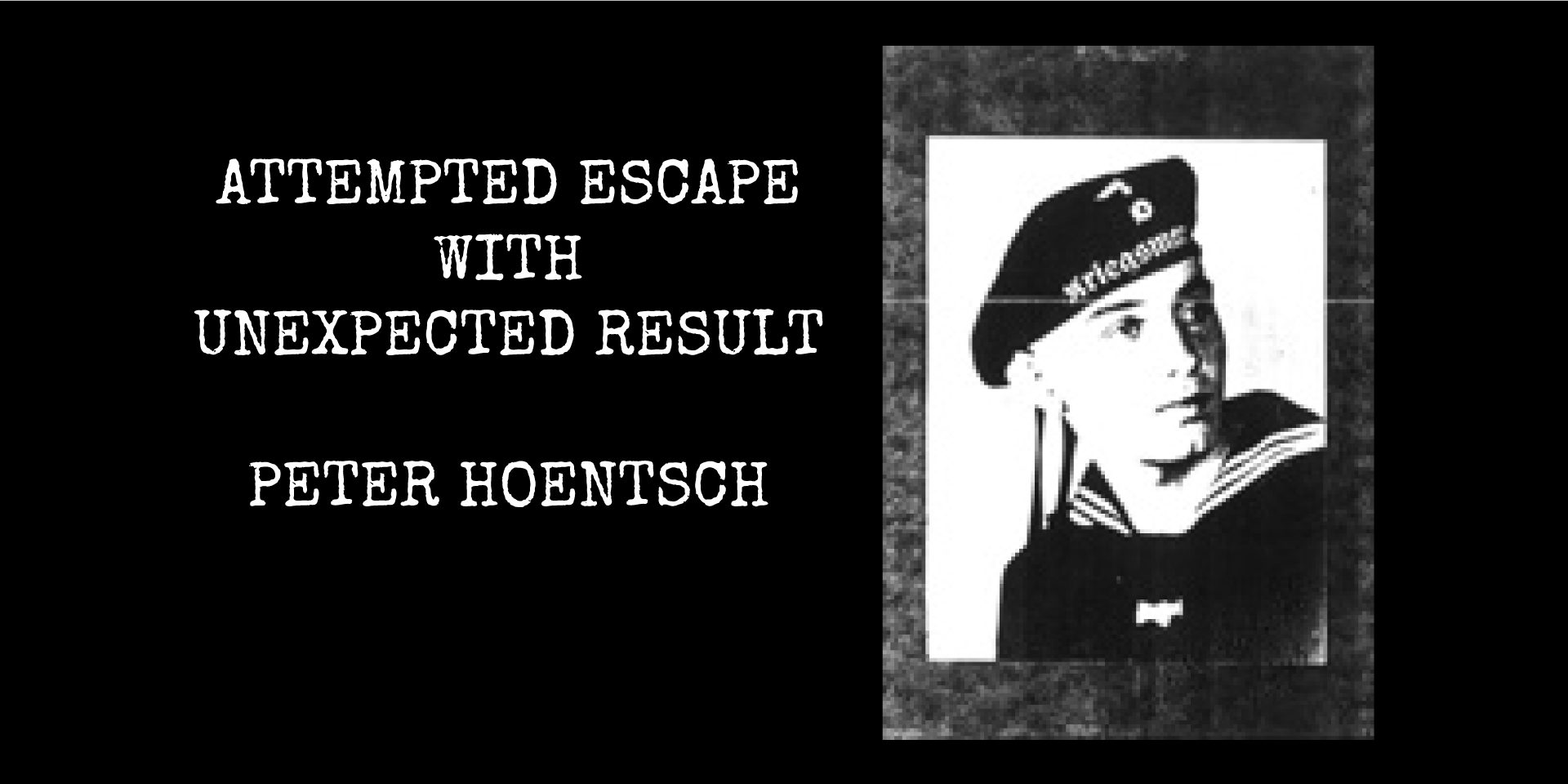As a member of the German Navy, he was captured in 1944 by Canadian troops in the British Aermel Cannel Aera of France and was given over to the British Troops at Dieppe.
In the summer of 1945, he stood in the POW Camp 54 Shepstow, south west of England where he plotted with fellow POW to escape.
Accommodated in Hut no.1, they were ideally situated just 15 metres distance from the barbed wire. The 40 men occupying the hut decided on a mutual escape.
They decide to dig a tunnel. The metal strips, which held the palliasses in the bunkbeds, were labouredly made into carpenter saws. These were used to cut the floorboards to make a manhole.
Next, the digging of the tunnel began. The excavated sand and soil were brought out of the tunnel, put in the prisoners’ trouser pockets, and then inconspicuously spread around the compound.
Six months later, the road encircling the compound was reached. But two days before their planned breakout, the hut was suddenly surrounded by a special group of British soldiers. They began systematically to knock on the floor and soon discovered the tunnel which the prisoners made.
Because of the ‘Geneva Convention’, and the urge to Freedom, none of the participants of this planned escape were penalised. But as a direct consequence, all prisoners in hut 1 were dispersed to other camps across the country.
Peter Hoentsch came to POW Camp 83, Eden Camp, where he later had the ‘Freie Presse’ article translated and put on display as an exhibit!


